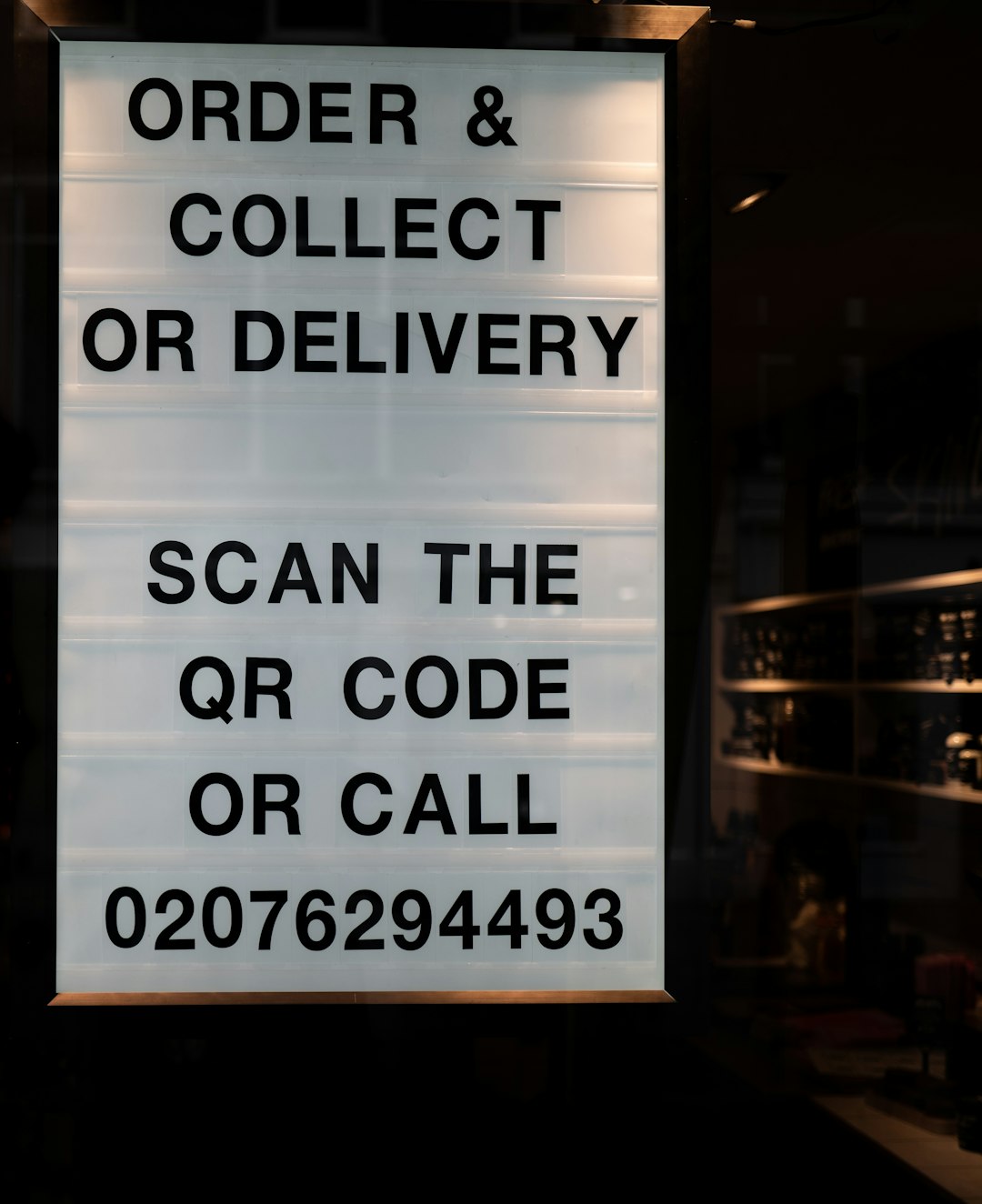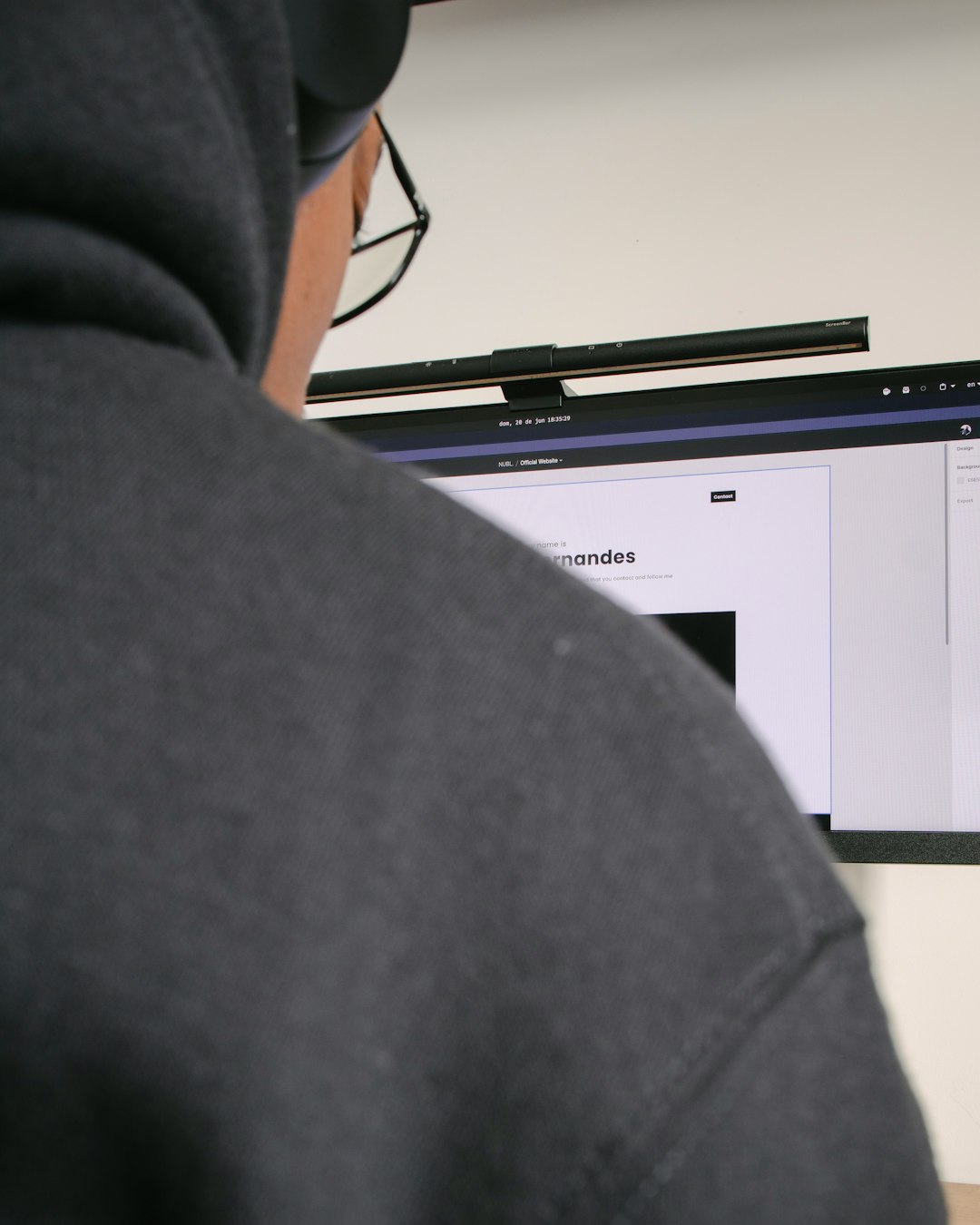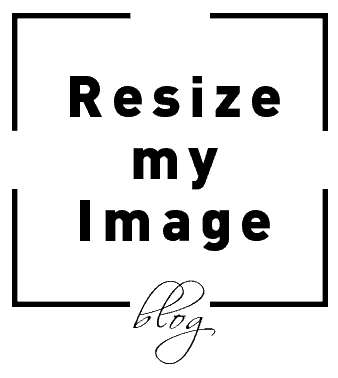Cybersecurity threats come in many forms, and one particularly persistent issue involves malicious files disguised as legitimate website content — such as those indicated by the search query “down ext:php”. These files, which typically have a .php extension, can be indicative of compromised systems or illicit download links uploaded to a vulnerable web server. Whether you’re a webmaster, IT administrator, or cybersecurity analyst, understanding how to audit and protect your website from such threats is a vital part of maintaining a secure web environment.
What Does “down ext:php” Really Mean?
The term “down ext:php” usually arises in the context of Google Dorking — using advanced search operators to identify potentially vulnerable or exposed web pages. In this case:
- “down” suggests a downloadable file or link to one
- “ext:php” instructs the search engine to return pages with URLs ending in .php
When combined, this dork often returns pages that host or link to PHP scripts which may be used to deliver files — sometimes malicious ones. Hackers might exploit vulnerable PHP scripts to upload malware or make it available for download. Detecting such anomalies is a key objective in a cybersecurity audit.
Why PHP Files Can Be Dangerous
PHP is a general-purpose scripting language widely used for server-side web development. Its flexibility and server interaction capabilities make it a powerful tool — but also a target for exploitation. A malicious PHP file could:
- Provide backdoor access to your website
- Redirect users to phishing or malware-laden websites
- Harvest sensitive user information
- Facilitate file uploads to further propagate attacks

Step-by-Step Guide to Audit Websites for “down ext:php” Threats
Auditing your website thoroughly can help mitigate risks posed by unwarranted or malicious PHP files. Below are the critical steps to perform a comprehensive site audit:
1. Crawl and Index Your Site
Use web crawlers such as Screaming Frog or custom scripts based on tools like HTTrack or Wget to index all the pages on your site, especially those ending in .php.
Make note of:
- Pages with “download” or similar terms in their URL or content
- PHP files located outside your expected application structure (e.g., outside public_html, /var/www, or your CMS directories)
2. Run Google Dork Queries Against Your Domain
You can simulate a “down ext:php” query tailored to your domain:
site:yourdomain.com inurl:down ext:php
This reveals pages indexed by Google that may link to downloadable PHP scripts.
Closely examine each result to decide whether it belongs to legitimate site functionality or if it looks suspicious. Look out for:
- Generic filenames (e.g., download.php, file.php)
- Unusual paths (e.g., /temp/file.php, /uploads/scripts.php)
3. Check Server File Structure and Access Logs
Gain access to your web server via SFTP or SSH and audit the file structure for rogue PHP files. Filter by creation or modification dates to detect newly uploaded or altered scripts.
Additionally, inspect your web server’s access logs to track activity related to these files. For example, grep for all GET or POST requests to .php files with download-like URLs:
grep "\.php" /var/log/apache2/access.log | grep "download"
Look out for excessive or suspicious traffic directed at unfamiliar PHP endpoints.
4. Analyze PHP Code
Deep dive into the contents of suspect PHP files. Be on the lookout for the following red flags:
- Base64 or gzip decoding functions (often used for obfuscating code)
- Shell execution commands (e.g., exec, shell_exec, popen)
- Include statements referencing external URLs
- User input being passed directly to file system or system functions
If any such traits appear, quarantine the file immediately and disable execution through file permissions.

5. Scan for Vulnerabilities with Automated Tools
Leverage security tools such as:
- ClamAV – for malware signature scans
- OWASP ZAP – to identify injection and access control vulnerabilities
- Nikto – for comprehensive web server scanning
- RIPS – specialized in static PHP code analysis
Be sure your site is covered by web application firewalls (WAFs) that prevent execution of known malicious code patterns.
6. Implement Access Controls and Monitoring
Strong access control is vital in preventing further file uploads or unauthorized access. Make sure:
- All admin panels and upload scripts are protected by authentication
- Only necessary file extensions (e.g., images) are allowed through your upload flows
- Error reporting is disabled in production to avoid revealing paths or vulnerable code
- File permissions are correctly restricted (e.g., 644 for PHP scripts)
Implement continuous monitoring using SIEM tools such as Splunk or ELK Stack. Set alerts to detect changes in file structure or excessive execution of unknown PHP files.
Preventative Measures to Stay Secure
Auditing isn’t just about finding current threats — it’s about preparing for future ones. Here are long-term best practices to secure your website from “down ext:php” and similar threats:
Keep Software Updated
Ensure your CMS, plugins, and custom scripts are consistently updated. Vulnerabilities in outdated systems are common vectors of attack.
Deploy Content Security Policy (CSP)
CSP policies can help restrict what types of resources your site can execute or load. This reduces the risk of script-based attacks, even if a malicious PHP file gets uploaded.
Harden the Server
- Disable allow_url_include and allow_url_fopen in php.ini
- Use secure permissions and disable unnecessary PHP functions
- Enable mod_security or similar security modules
Regularly Scan and Audit
Perform monthly audits using the above techniques. Automate these as much as possible to catch threats before they can cause damage.

Conclusion
Malicious PHP files are a stealthy yet potent threat to web infrastructure, often slipping through the cracks until after the damage is done. By understanding how attackers exploit loosely secured endpoints for downloadable scripts — as revealed through search terms like “down ext:php” — and by conducting rigorous audits, you can stay one step ahead. Implementing layered defense mechanisms, staying vigilant with regular scans, and tailoring your server configuration can significantly reduce your exposure to these threats.
Website security is not a one-time effort — it’s an ongoing process. Stay alert, stay informed, and your site will remain a hard target.

